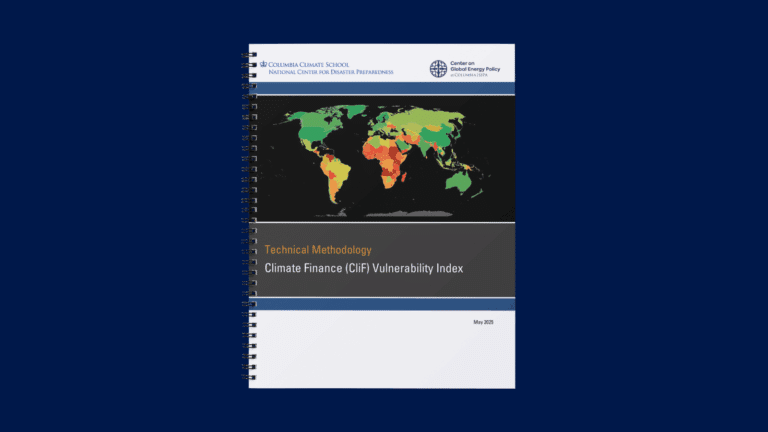This piece was published as an op-ed in The Hill on March 26, 2019.
As Congress opens discussions on how best to address climate change, some opponents of these efforts are positioning the Green New Deal and carbon taxes as conflicting strategies. This should not be the case. Congress should consider this an opportunity to demonstrate that the most efficient approach to addressing climate change would incorporate both strategies.
Three bills introduced last year proposed some form of carbon tax, a tool that economists across the political spectrum have long recognized as an efficient means to address greenhouse gas emissions. Last month, Democrats produced a resolution calling for a Green New Deal, a comprehensive effort to address climate change by reorganizing the economy to eliminate carbon emissions.
Oddly, some have looked at these two approaches, a tax and a comprehensive portfolio of policies and programs intended to reduce greenhouse gas emissions and argued that we must choose between them. But we don’t — and shouldn’t. Policymakers and advocates serious about climate change should consider the opportunity for these policies to work in concert to address this monumental challenge.
A well-designed carbon tax can be cost-effective, efficient and relatively simple to administer, and can cover the vast majority of sources of emissions across the economy. For sectors of the economy that have a harder time cutting emissions, a carbon tax that increases over time allows a cushion for companies to find the least expensive pathway to reduce greenhouse gases.
However, a carbon tax will not adequately address all emissions. As our recent research at Columbia University’s Center on Global Energy Policy shows, while a carbon tax duplicates some policies, it complements others quite well. A carbon tax, for instance, cannot overcome insufficient funding for research into new innovative technologies. It cannot reduce emissions from sectors of the economy, like agriculture, that might be excluded from the tax. Critically, a carbon tax that is set too low will not reduce emissions enough.
So, while a carbon tax has the potential to be the foundation of a portfolio of policies intended to address climate change, it should not stand alone. In fact, many of the gaps left by a carbon tax can be thoughtfully addressed by policies incorporated in a Green New Deal, including investment in research, energy efficiency and green infrastructure that will grow the economy and benefit communities who have been hit the hardest by the impacts of climate change.
Though the benefits of addressing climate change are substantial, we should acknowledge that this will be an expensive undertaking.
The best way for policymakers to demonstrate that they are addressing this challenge responsibly is to incorporate policies that we know are efficient and can minimize costs.
Good stewardship and a seriousness of purpose requires that we not only commit to solving the problem, but that we approach it wisely by making sure that we get the greatest value out of the substantial resources that addressing it will require. Using a carbon tax as the foundation of the Green New Deal is a significant first step.





